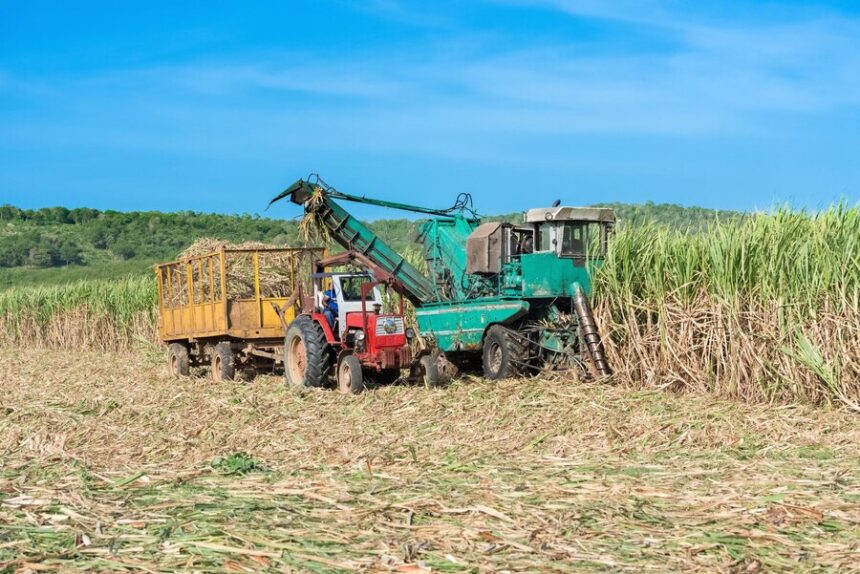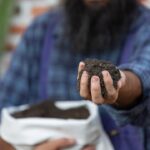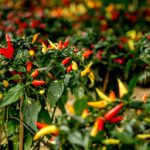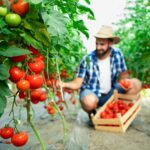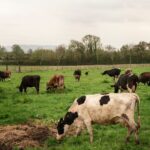Sugarcane harvesting is a crucial stage in the sugar production cycle. Traditionally done by hand, the process has gradually seen the introduction of machines aimed at increasing productivity and efficiency. The debate between mechanized and manual harvesting continues, with both methods offering unique advantages and challenges.
Manual Sugarcane Harvesting
Manual harvesting involves workers using machetes or cane knives to cut the sugarcane stalks at the base. This method has been practiced for generations, especially in developing countries where labor is readily available and mechanization may be too costly.
Advantages:
- Selective Harvesting: Workers can carefully select mature canes, avoiding damage to younger plants.
- Employment Opportunities: Manual harvesting provides jobs for thousands of laborers, particularly in rural areas.
- Lower Initial Investment: There is minimal need for expensive machinery or fuel, making it accessible for smallholder farmers.
Challenges:
- Labor Intensive: The work is physically demanding, often under hot and humid conditions.
- Lower Efficiency: Manual harvesting is time-consuming and generally slower than mechanized methods.
- Health Risks: Workers are exposed to injuries, heat stress, and smoke in areas where pre-harvest burning is practiced.
Mechanized Sugarcane Harvesting
Mechanized harvesting uses machines, such as sugarcane harvesters, to cut and load cane in a single operation. These machines are common in countries with large-scale sugar production like Brazil and Australia.
Advantages:
- High Efficiency: Machines can harvest large fields quickly, reducing the time from field to mill.
- Reduced Labor Dependence: Fewer workers are needed, which can help address labor shortages.
- Consistent Results: Mechanized harvesting delivers uniform cutting and collection, which improves mill performance.
Challenges:
- High Costs: Purchase, operation, and maintenance of machines require significant capital investment.
- Soil Compaction: The weight of machines can compact soil, reducing future crop yields.
- Crop Loss: Machines may harvest immature stalks or leave behind valuable cane if not properly adjusted.
The Way Forward
Choosing between mechanized and manual sugarcane harvesting depends on several factors, including the scale of farming, labor availability, terrain, and financial resources. While mechanization offers speed and efficiency, it may not be feasible for all growers, especially in hilly or fragmented fields. Meanwhile, manual harvesting remains essential in regions where employment is a priority and machine access is limited.
As the sugar industry evolves, a hybrid approach combining both methods could offer a balanced solution. Encouraging sustainable practices, worker safety, and efficient harvesting will be key in shaping the future of sugarcane farming.
Join 'Farmers Mag' WhatsApp Channel
Get the latest Farming news and tips delivered straight to your WhatsApp
CLICK HERE TO JOIN
